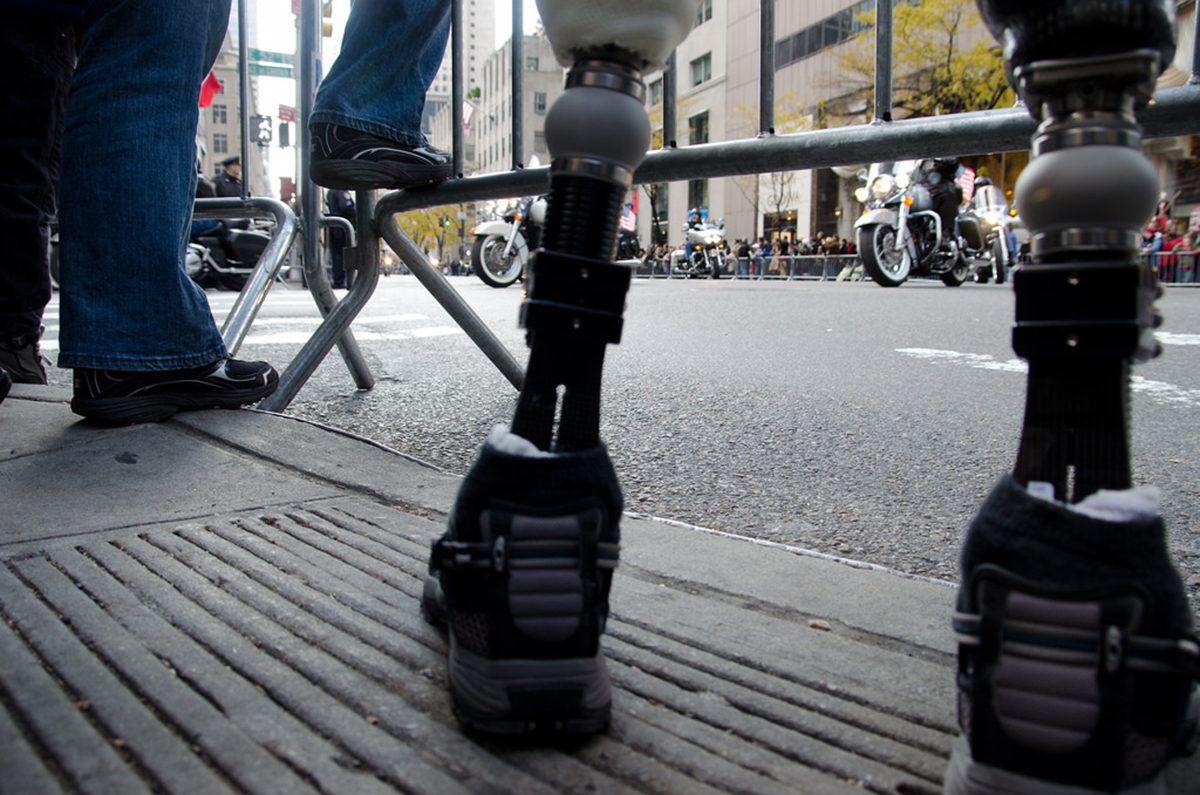Table of Contents
Another firm called SetPoint Medical has already been working on implanted electrical devices to treat type 2 diabetes without medications. Company founder Dr. Kevin Tracey had planned to become a neurosurgeon, but during his residency in the late 1980's he made a series of observations of how the nervous system controls inflammation, and decided to spend his career in research. Much of Dr. Tracey's work has focused on the vagus nerve.
The vagus nerve is one of the major nerves that connects the brain to the body. A bundle of about 80,000 nerve fibers, it sends signals to the heart, lungs, liver, intestines, and pancreas, among other organs. Dr. Tracey compares it to a telephone cable that can carry 80,000 phone calls. The organs are constantly informing the brain of changes in the levels of certain chemicals, and the brain "calls back" with orders to release regulatory chemicals.

In type 2 diabetes, the pancreas sends a lot of 9-1-1 calls to the brain with the message "Help! Blood sugar levels are going up and I don't know what to do!" The brain calls back with the order to release inflammatory hormones called cytokines that temporarily increase the release of insulin. These cytokines force the pancreas to break down insulin from its storage form to its active form.
Unfortunately, they also destroy health tissue. The reaction eventually "burns out" the insulin-producing cells of the pancreas. By the time chronically high blood sugar levels are measurable, this constant emergency stress response has already "burned out" about 85 percent of insulin-producing cells.
What Dr. Tracey's device will do is just to interrupt communications between the brain and the pancreas two or three times a day with a very slight electric charge. These interruptions would only last two or three minutes each. That's not long enough to interfere with normal regulation of blood sugar levels, but it is long enough to reduce the production of inflammatory cytokines. No medication is needed. The process simply prevents the excesses of a normal regulatory process in ways that preserve the insulin-making capacity of the pancreas. Reducing inflammation, the neuroscientist believes, reduces the depletion of insulin-making cells in the pancreas.
READ 14-Year Old Shows That iPad 2 May Interfere With Heart Implants
Dr. Tracey's device is somewhat larger than the device proposed by the competing company Galvanni Biolectronics. Not really an application of nanotechnology, the device is not so much the size of a vitamin capsule as the size of a fish oil capsule, about as long as an American dime (10 cents) is wide. There can be some buzzing, tingling, burning, or stinging while it is in operation. However, many patients in Dr. Tracey's trials have not even known the device was turned on.
The experts speculate that the general public will be able to get these devices in about 10 years, when they presumably will be covered by health insurance. Just show up for the painless, bloodless, sutureless surgery, and then see a technician to have the device turned on. Enjoy the benefits of reduced inflammation for protection against diabetes, and possibly against the other dread diseases of inflammation including Alzheimer's, arthritis, and inflammatory and irritable bowel disease.
- New Scientist Staff and Press Association. Short Sharp Science: Google firm hopes to control organs with electrical signals. New Scientist. 6 August 2016.
- Jim Schnabel. Targeting Inflammatory Diseases With Electrical Signals Devices, Not Drugs, Take Aim at Vagus Nerve: A Conversation with Kevin J. Tracey, M.D. The Dana Foundation. 16 April 2015.:
- Photo courtesy of raruschel: www.flickr.com/photos/raruschel/5221156753/
- Photo courtesy of f_mafra: www.flickr.com/photos/f_mafra/8420388901/
- Photo courtesy of f_mafra: www.flickr.com/photos/f_mafra/8420388901/
- Photo courtesy of raruschel: www.flickr.com/photos/raruschel/5221156753/


Your thoughts on this